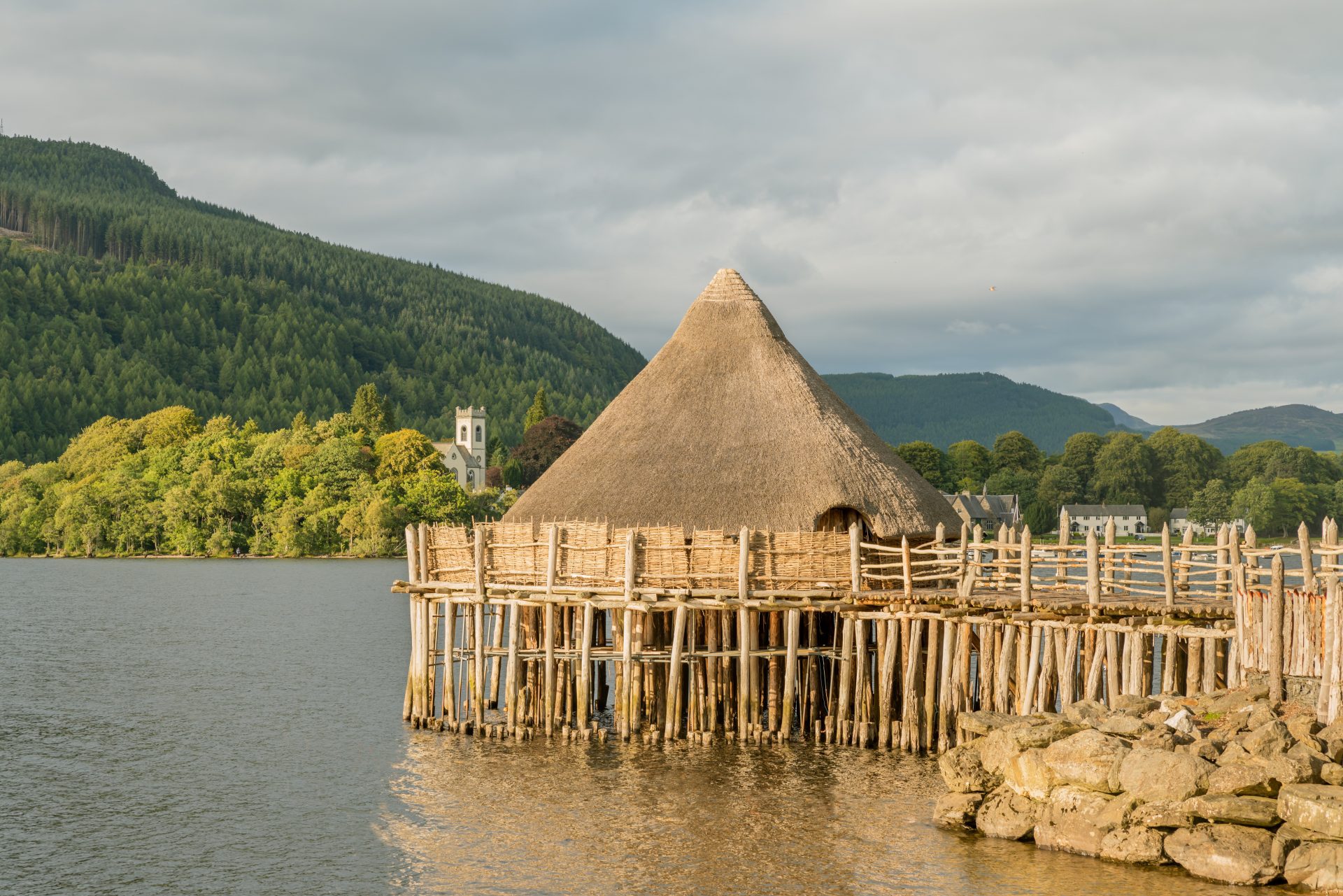Researchers have recovered DNA from the sediments surrounding crannogs, ancient artificial islands.
Crannogs were built and occupied from the Neolithic, 4000-2200 BC, through to the 16th century AD. They are typically described as a partially or entirely artificial island, usually constructed in lakes and estuarine waters. Hundreds have been found across Scotland, Ireland, and Northern Ireland; however, the aquatic location of crannogs makes them difficult for archaeologists to excavate.
Professor Antony Brown from UiT Arctic University of Norway, and an interdisciplinary team from across the UK took samples from lake sediments at crannog sites. The team found ancient DNA known as ‘sedaDNA’, along with environmental and biochemical data, suggesting that the structures were once used by elites according to a paper published in the journal Antiquity.
The team analysed sediment cores from around crannogs in White Loch of Myrton, Scotland, and Lough Yoan, Ireland. Radiocarbon dating of the cores suggests that the crannog in White Loch was built in the Iron Age around 400 BC, while Lough Yoan’s dates to the medieval period, and that both sites were abandoned and re-occupied multiple times.
The integrated analysis showed that the crannogs were important places used as high-status homes which were stocked with ample resources. The team also found pollen from braken for bedding, as well as signs that crafting took place on the islands.
At one of the Lough Yoan crannogs, bone fragments indicate that butchering took place in high quantities, most likely for feasts and entertaining. This supports previous research that suggests crannogs were compounds used by the elite, perhaps for ceremonial occasions.
The team also found that the cost of supplying the crannogs with these resources meant that they were linked to dramatic changes in the local area. Changes in pollen and plant sedaDNA indicates that crannog construction was associated with deforestation, likely to provide materials and clear farmland. Meanwhile, waste from the inhabitants polluted and effected the lake ecosystems as early as the Iron Age.
As such, this research sheds new light on living on crannogs and also shows how this integrated method of studying sediment cores provides new insights into otherwise hard-to-study waterside sites.
https://doi.org/10.15184/aqy.2022.70
Header Image Credit : Shutterstock (Copyright)





